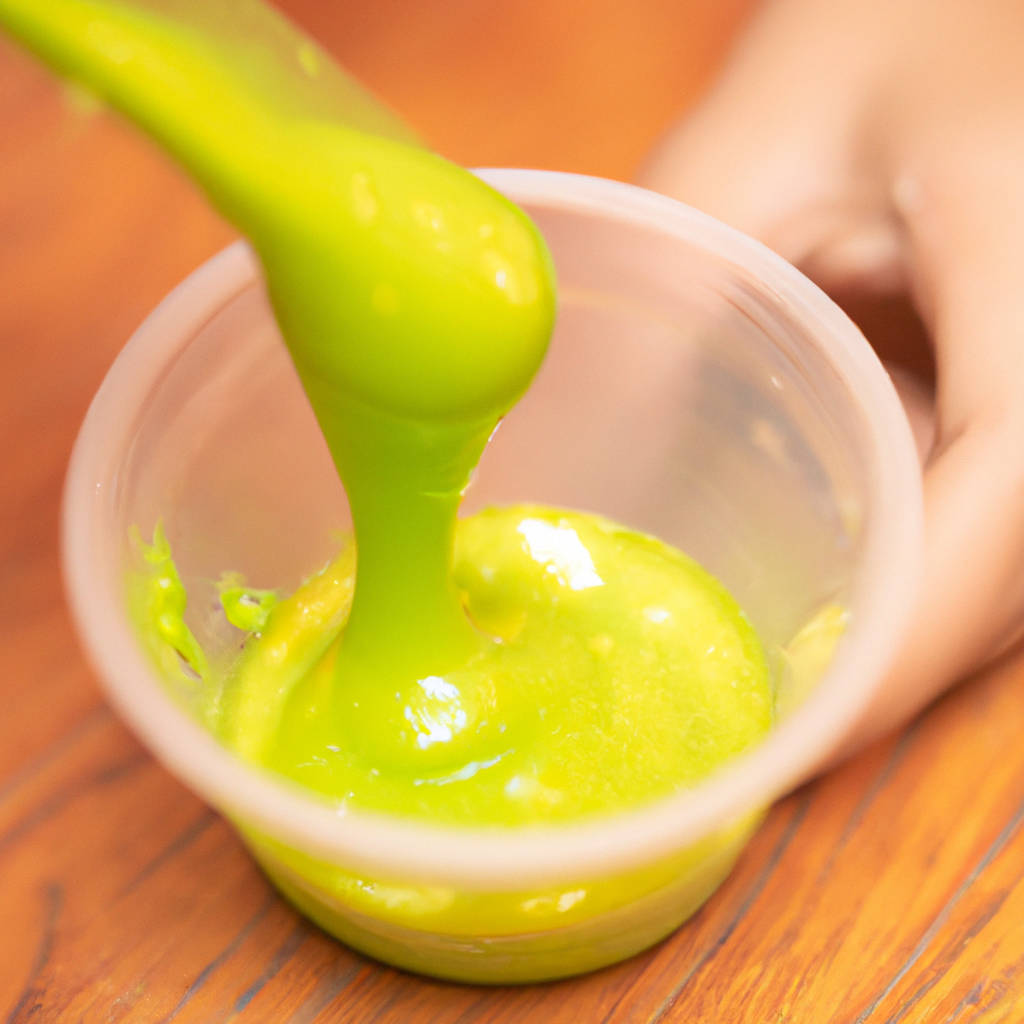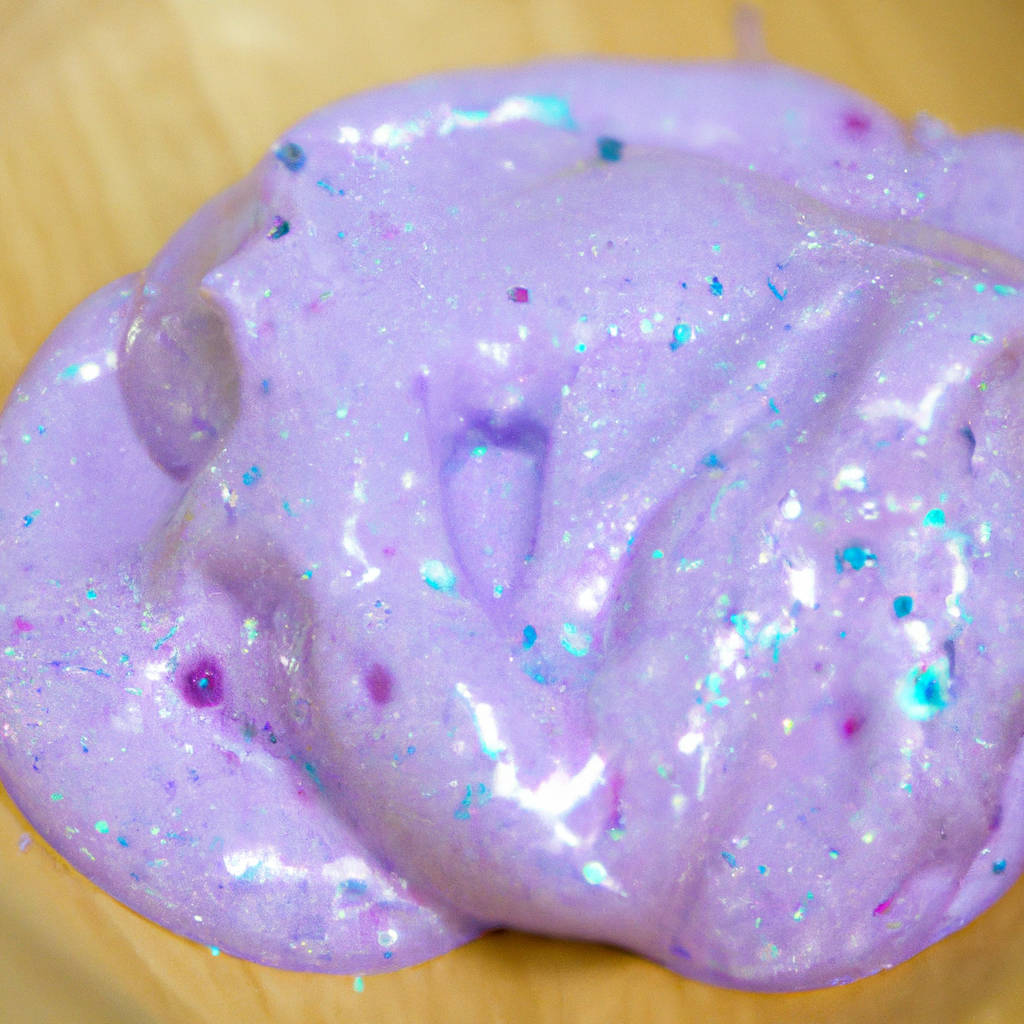Creating slime without using an activator may seem challenging, but it is entirely possible and can even be more fun and creative. One may experiment with different ingredients readily available at home, resulting in an equally playful and enjoyable slime. For instance, using a combination of cornstarch and water can produce a unique texture of slime. Similarly, shampoo mixed with salt can also form a playful semi-solid substance. Household detergents and baking powder, coupled with glue, are other alternatives for creating slime without an activator. It’s also important to note that some ingredients may require a trial and error approach before achieving the desired consistency.
However, this gives one the opportunity to explore various combinations and understand the scientific principles behind the process. Moreover, creating slime without an activator allows children to understand the essence of improvisation and resourcefulness. It encourages them to think outside the box and understand that there are multiple ways of achieving a similar result. Additionally, it promotes creativity and stimulates their interest in science and experimentation. Therefore, making slime without an activator can be a fun and educational activity.

Essential Ingredients
Essential ingredients are the fundamental components that contribute to the success of any endeavor, whether it is a recipe, a project, or a relationship. In cooking, for instance, the absence or substitution of a key ingredient can dramatically alter the flavor, texture, and overall success of a dish. Similarly, in a project, missing out on a crucial factor like clear communication, proper planning, or effective teamwork could lead to failure. Even in relationships, there are fundamental elements such as trust, respect, and communication that are vital to their longevity and health.
These essential ingredients, however, differ based on the context and the specific goals one wishes to achieve. For a chef, the essential ingredients might be various spices, herbs, and specific cooking techniques. For a project manager, it could be a well-coordinated team, sufficient resources, and a clear timeline. In relationships, the essential ingredients could be honesty, common values, and mutual understanding.
The recognition and understanding of these elements are crucial in achieving desired results. Being aware of what is necessary enables individuals to plan and prepare effectively. It allows for the setting of priorities, allocating resources, and devising strategies that target success.
However, it is also essential to remember that the presence of these ingredients alone does not guarantee success. Their correct application and combination also play a significant role. One must know how to effectively mix and blend these elements to create a harmonious outcome. It’s like a puzzle where each piece must fit perfectly to complete the overall picture.
In conclusion, essential ingredients are not just components that make up a whole. They are also symbols of the thought, effort, and strategy that goes into creating something successful. They represent the careful planning, the meticulous execution, and the continuous adaptation needed to achieve a desired goal. Just as a master chef knows that the secret to a perfect dish lies in the precise balance of ingredients, so too must we recognize the importance of essential ingredients in our various endeavors.
Crafting Fluffy Slime
Crafting fluffy slime is a delightful and engaging activity that is immensely popular among children and adults alike. The process involves combining simple household ingredients such as glue, shaving cream, and contact lens solution to create a squishy and stretchy substance that is not only fun to play with but also serves as a great stress reliever. The fluffy texture results from the addition of shaving cream, which gives the slime its characteristic airy and cloud-like feel.
The process of making fluffy slime is relatively straightforward. Start by pouring a bottle of white glue into a bowl, followed by an equal amount of shaving cream. Stir these two ingredients together until they form a smooth mixture. The next step is to add color and sparkle to the slime, which can be achieved by incorporating a few drops of food coloring or glitter. Once these are mixed in, it’s time to activate the slime using contact lens solution. This ingredient helps to bind everything together, transforming the gooey mixture into a stretchy and moldable substance.
Crafting fluffy slime is not only an entertaining activity but also an educational one. It provides a hands-on way to understand basic principles of chemistry, such as the interaction of different substances and the resulting changes in their properties. Moreover, the tactile nature of slime can be therapeutic, providing sensory stimulation that can aid in stress relief and improve focus.
To ensure safety while crafting fluffy slime, it’s important to use non-toxic materials and supervise young children. Always wash hands before and after playing with the slime to prevent any potential irritation or allergic reactions.
In conclusion, crafting fluffy slime offers a fun-filled, educational, and relaxing experience. Whether you’re a kid experimenting with different slime recipes, an adult seeking a creative outlet, or a teacher looking for an interactive science activity, making fluffy slime offers endless possibilities for enjoyment and learning.

Crafting Stretchy Slime
Stretchy slime is a captivating and engaging craft project that can be enjoyed by both children and adults alike. The process of creating this form of tactile, malleable substance involves a combination of various ingredients such as white glue, water, and a few drops of food coloring, which are all easily accessible from your local store. The addition of a small amount of borax to the mixture gives the slime its stretchy consistency, making it perfect for squeezing, pulling, and even bouncing.
The process begins with mixing equal parts of glue and water in a bowl, stirring until they are well combined. The food coloring can then be added, allowing you to customize the color of your slime to your liking. The borax, however, should be dissolved separately in a small amount of water before being slowly incorporated into the glue mixture. As you add the borax solution, you’ll notice the slime starting to form. It’s important to add the borax solution gradually, as too much can make the slime hard and less stretchy.
The final step involves kneading the slime with your hands to ensure all the ingredients are well combined and to achieve the desired consistency. If the slime is too sticky, you can add a bit more borax solution; if it’s too hard, adding a little more glue can help. Creating stretchy slime is not only a fun activity but also a great way to introduce children to simple science concepts. It’s an opportunity for them to see firsthand how different substances react together to form a completely new material.
In conclusion, crafting stretchy slime is a thrilling and educational experience. It provides countless hours of entertainment and can be customized to suit individual preferences, making it a universally appealing craft project. It’s important to supervise younger children during the process to ensure safety, and to explain to them that while the slime may look appealing, it is not edible. With the right guidance and care, crafting stretchy slime can be an enjoyable and rewarding activity for everyone involved.
Step-by-Step Instructions
Step-by-step instructions refer to a detailed guideline provided to help individuals accomplish a task effectively and efficiently. They are usually presented in a clear, precise, and straightforward manner to ensure that the task is completed accurately and without confusion. The instructions typically range from simple tasks such as baking a cake, assembling a piece of furniture, or using a new gadget, to more complex tasks like software installation, coding, or scientific experiments.
These instructions are essential because they break down a complex task into manageable, easy-to-understand parts. This means that even those who are not familiar with a particular task can successfully complete it by following the steps outlined. They are especially useful in the field of education, where teachers use them to guide students through complex processes. Similarly, manufacturers include step-by-step instructions in their product packaging to help consumers assemble or use the product correctly.
One of the critical aspects of step-by-step instructions is that they need to be clear and concise. They should provide all the necessary information without overwhelming the reader. This includes stating the objective of the task, listing the materials needed, and then detailing each step of the process. Each step should be a single action that progresses the task towards completion. They should also be in logical order, with each step building on the previous one.
Overall, step-by-step instructions are a practical tool that enables individuals to perform tasks that they might otherwise find challenging. They make complex tasks accessible and manageable, promoting self-reliance and problem-solving skills. However, the effectiveness of these instructions largely depends on the clarity and accuracy of the information provided. Therefore, those responsible for creating these instructions must ensure they are comprehensive, easy to understand, and free from any potential ambiguities.

Making Fluffy Slime with Cornstarch
Making fluffy slime with cornstarch is an exciting and fun-filled activity that appeals to both children and adults. This DIY project requires a simple recipe and easily accessible ingredients from your kitchen. The primary ingredients include cornstarch, shaving cream, and glue. The cornstarch, in particular, plays a crucial role in the process, acting as a thickening agent that gives the slime its unique fluffy texture that’s soft to touch and fun to play with.
Start by pouring glue into a bowl, followed by an equal amount of shaving cream. Stir the mixture thoroughly until the two ingredients are well combined. At this point, you can add a few drops of food coloring if you want your slime to have a vibrant hue. Once you’ve achieved a uniform color, start adding the cornstarch. It’s best to add it gradually while stirring to avoid creating lumps.
When the mixture begins to thicken and pull away from the bowl’s sides, you can start kneading it with your hands. Don’t worry if it feels sticky at first; just keep kneading, and soon it will turn into the perfect consistency of fluffy slime.
Remember, the amount of cornstarch you add will ultimately determine the texture of your slime. If you want it to be more stretchy and less fluffy, reduce the cornstarch quantity. Conversely, if you prefer a denser, fluffier slime, feel free to add a bit more cornstarch.
Making fluffy slime with cornstarch is not only a great way to spend time but also an engaging method to introduce children to basic scientific concepts. It allows them to observe the transformation of individual liquid components into a solid, tactile substance. This activity is perfect for rainy days, school science projects, or whenever you’re in the mood for some hands-on creativity.
